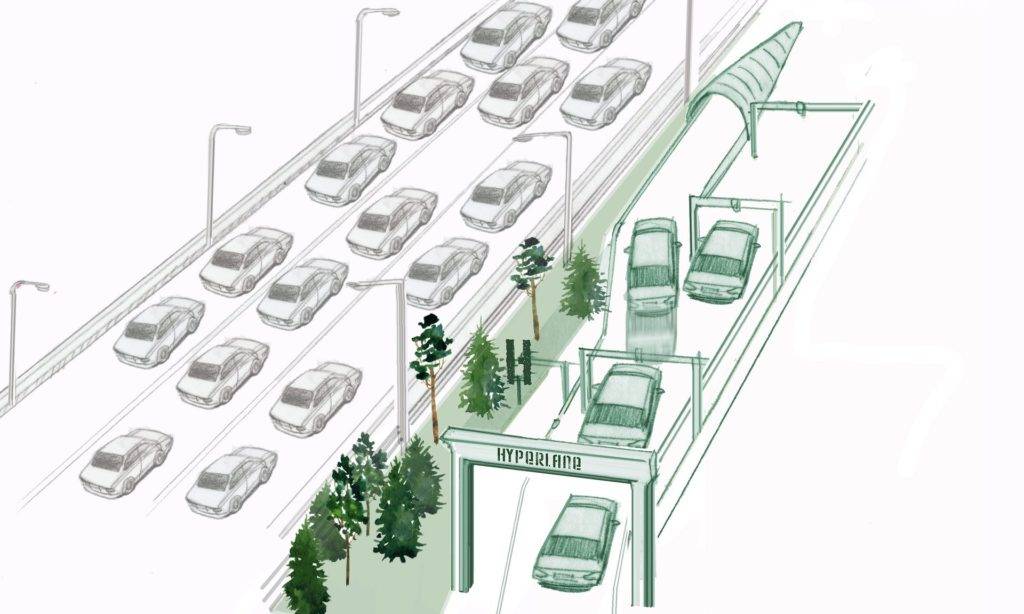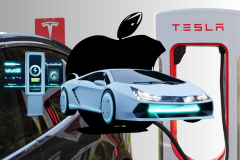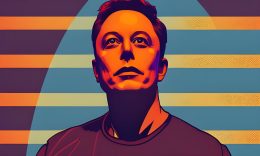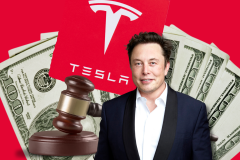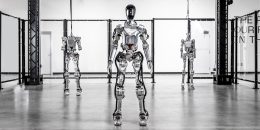The introduction of self-driving vehicles will not automatically solve all congestion problems and some studies say traffic levels could rise as young teens, elderly, and disabled swap public transport for their own autonomous vehicle.
Anthony Barrs and Baiyu Chen, two research students from the University of California, Berkeley, have published a system that could reduce the level of traffic and give drivers added incentive to switch to a safer mode of transport.
See Also: I’m riding here! New York City prepares for autonomous cars
It is called the Hyperlane, a super-fast lane exclusively for self-driving cars.
Similar to dedicated toll lane, Hyperlane allows riders to exceed the normal speed limits, reaching potentially as high as 120 mph, according to The Guardian. In return, they must cede control of the vehicle to a centralized computer that connects with all of the autonomous vehicles.
The duo sees this as a potential solution to the traffic problems plaguing the Los Angeles to San Francisco route. They claim that the cost per mile would be $127 million cheaper than the already exuberant California bullet rail project.
Speeds will ramp up
Speeds would be slower than the bullet train, at least initially, although once 5G networks are in place and the centralized system becomes more sophisticated, it could theoretically run cars at much higher speeds than 120 mph.
The Hyperlane model could be adopted by other metropolitan areas that fit the framework, according to the researchers. Dallas to Ft Worth and Baltimore to Washington were two suggested routes, though New York City to Philadelphia wouldn’t work as it requires enough space to create a new lane.
It is not the first concept proposed as a counter to California’s expensive rail project, currently estimated to cost $64.2 billion. Elon Musk, the founder of Tesla and SpaceX, proposed an entirely new system of transportation called the Hyperloop, theoretically capable of reaching speeds faster than commercial airliners.
